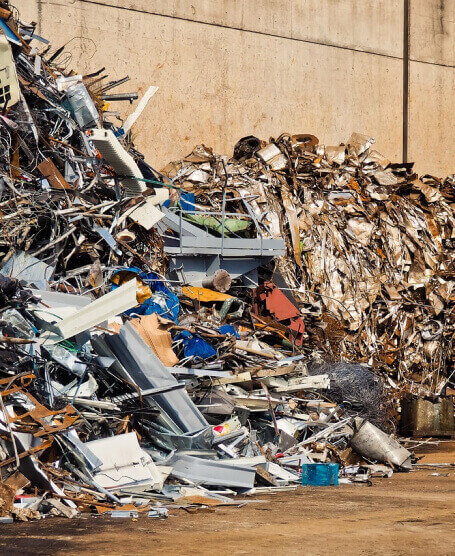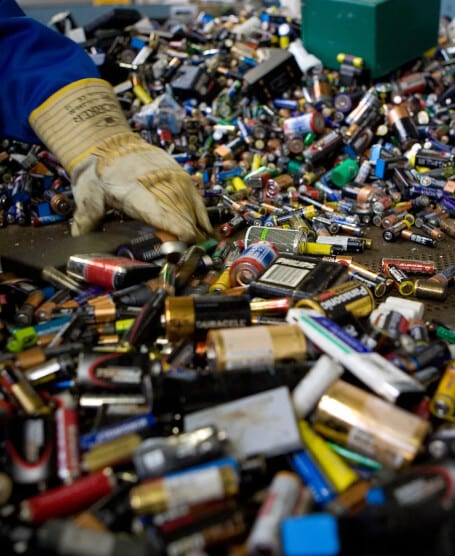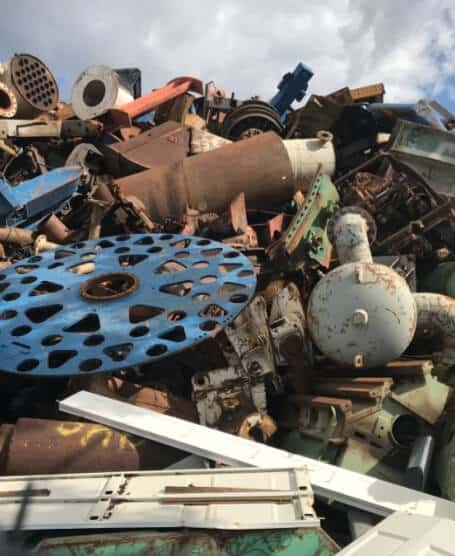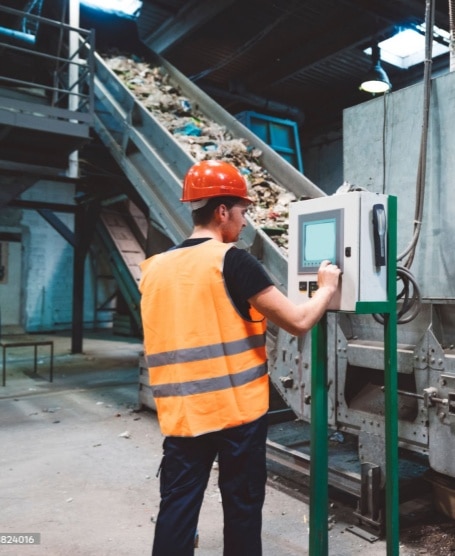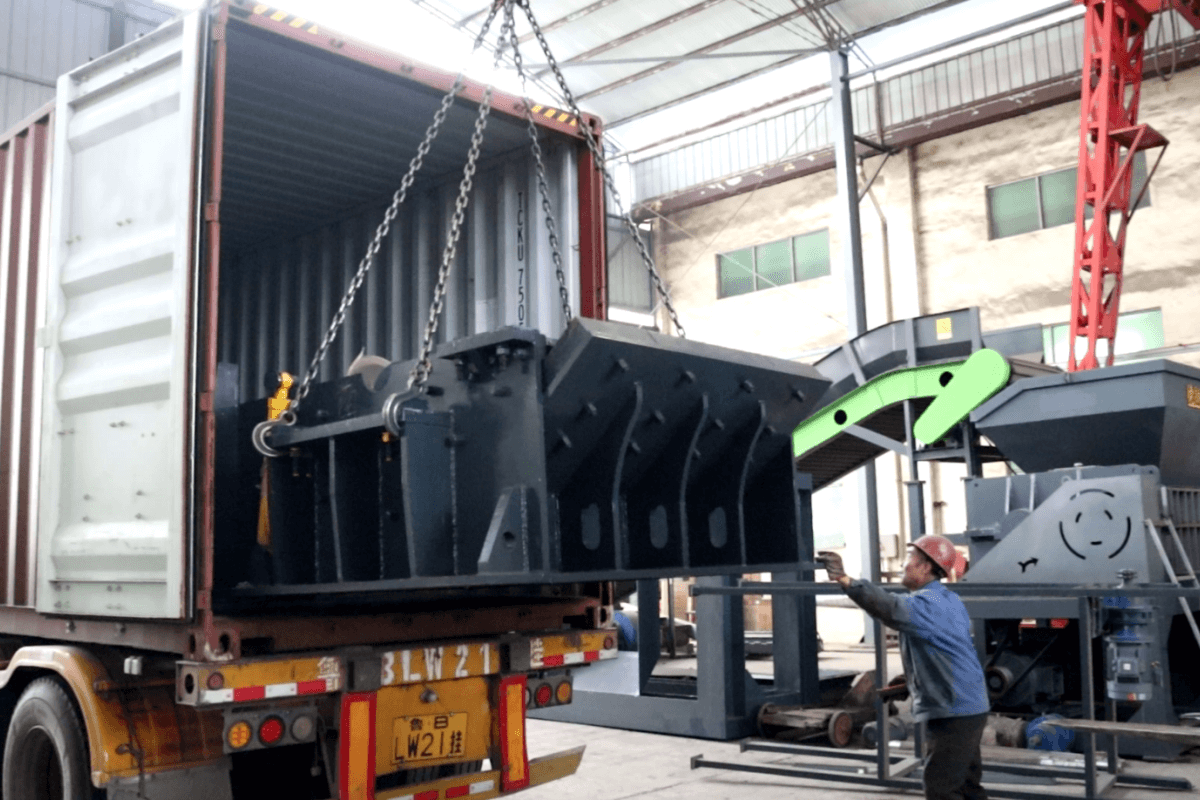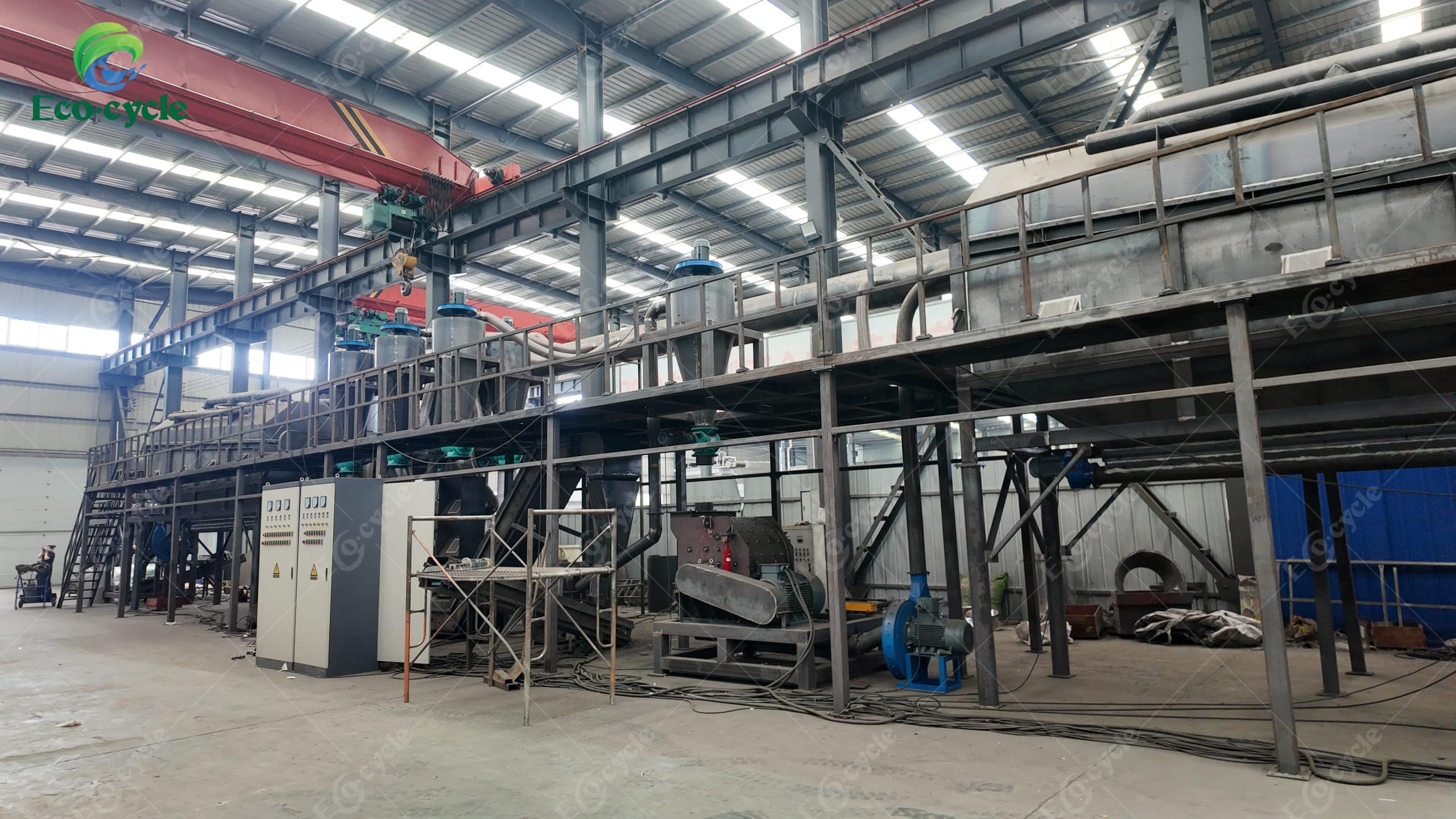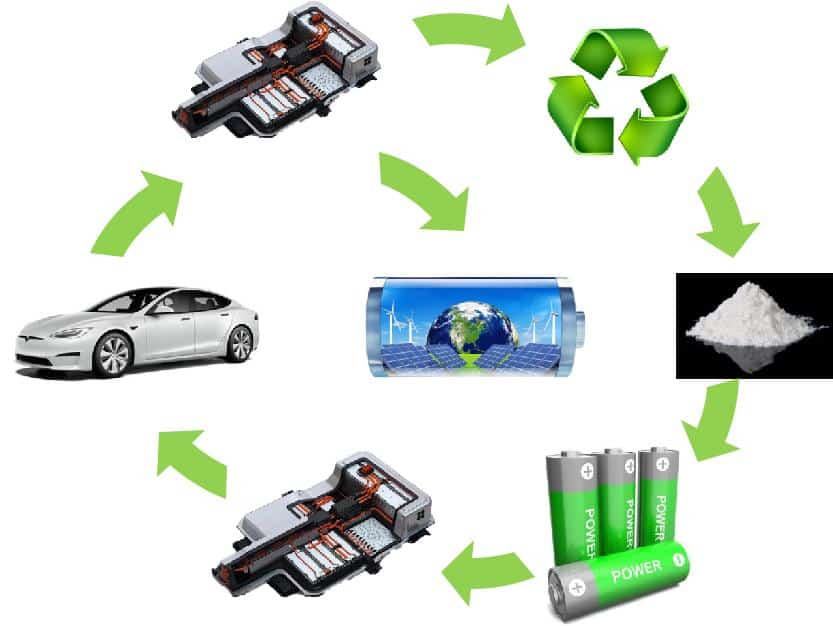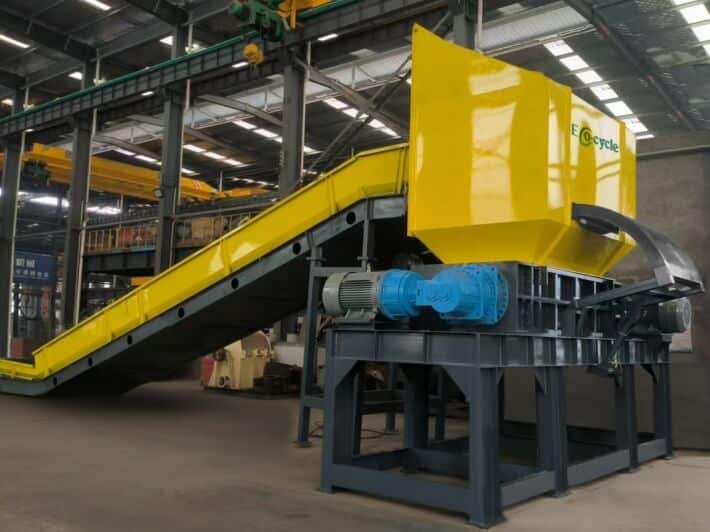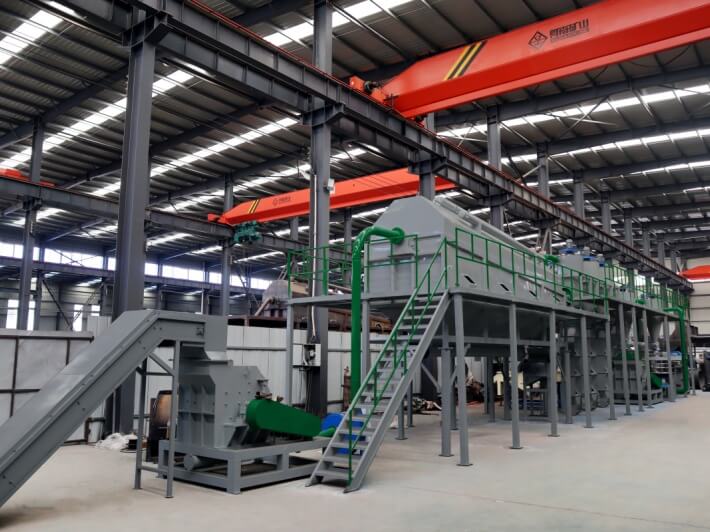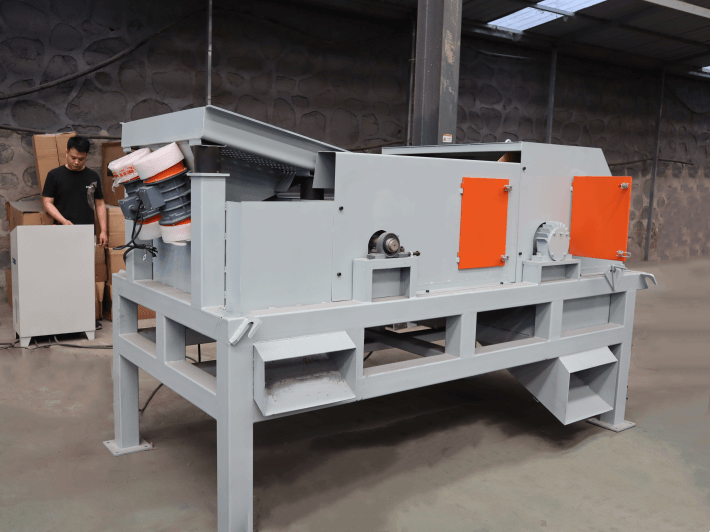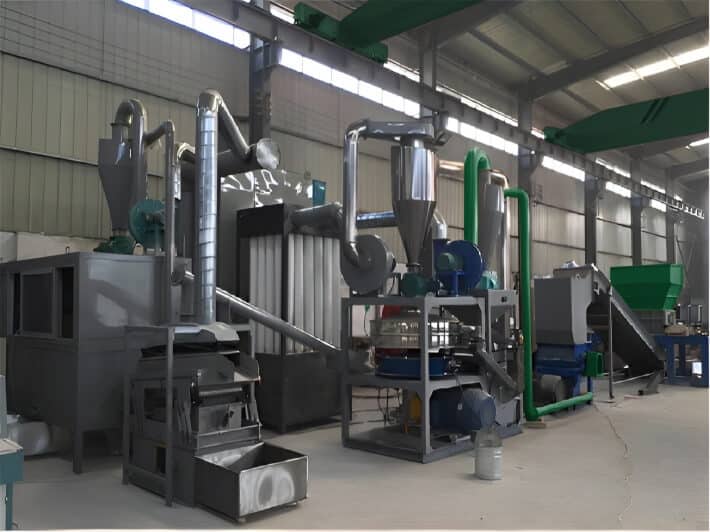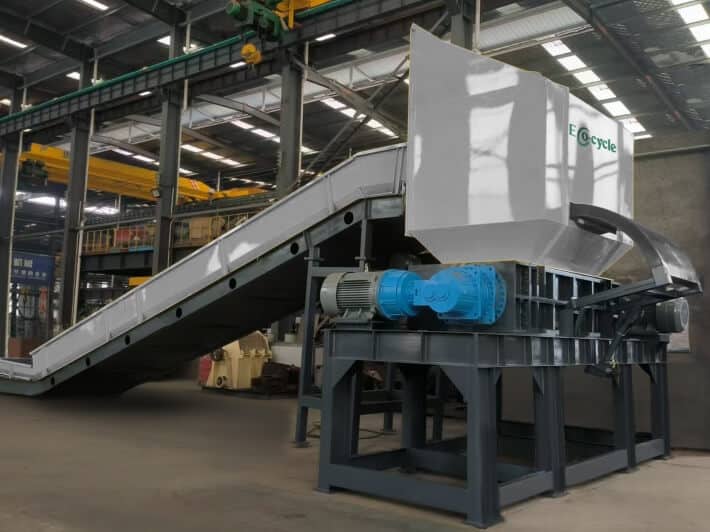With the advancement of society, sustainable development has become a global consensus. The recycling of renewable resources, especially metal recycling, not only meets modern energy needs but also protects the environment. So, how does the metal recycling process actually transform waste into treasure?
First, the primary source of metal recycling is scrap and obsolete equipment generated during the production process of large steel mills. This scrap includes scrap copper, scrap iron, and scrap steel. During the recycling process, different physical treatments are performed depending on the shape and size of the metal.
Shearing: Suitable for thin metal sheets, cold shearing is performed before feeding the machine into the crushing process to prepare for preheating.
Briquetting: Suitable for scrap, such as loose pipes and containers, to be packaged into whole pieces for easy transportation and steelmaking.
Crushing: Large industrial equipment cannot be used for direct steelmaking, so it needs to be crushed into small particles to facilitate handling and separation of different waste materials. Crushing can be done in two ways: mechanical crushing and physical crushing. Mechanical crushing utilizes a crusher, while physical crushing involves cryogenic or ultrasonic pulverization.
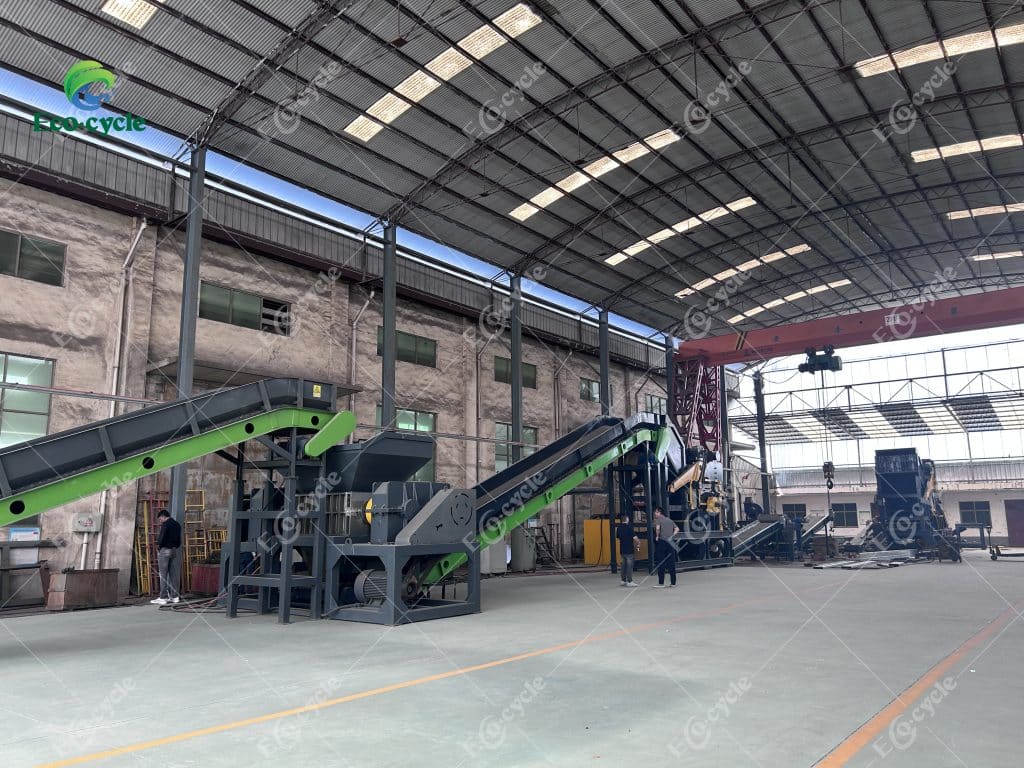
Next comes the process of smelting the scrap metal to extract pure metals. There are three main methods:
Pyrometallurgical enrichment: This includes smelting enrichment, pyrochlorination, high-temperature volatilization, and incineration.
Wet dissolution: This includes aqua regia dissolution, acid dissolution, pressurization, and electrochemical dissolution.
Microbial adsorption: Microorganisms are used to extract pure metals such as gold, silver, and copper from scrap metal.
Through these methods, we can transform scrap metal into valuable metal resources and even create handmade works of art for people to enjoy.
Contact us for a complete solution, from equipment to discharging.
WhatsApp: +8618530909622

